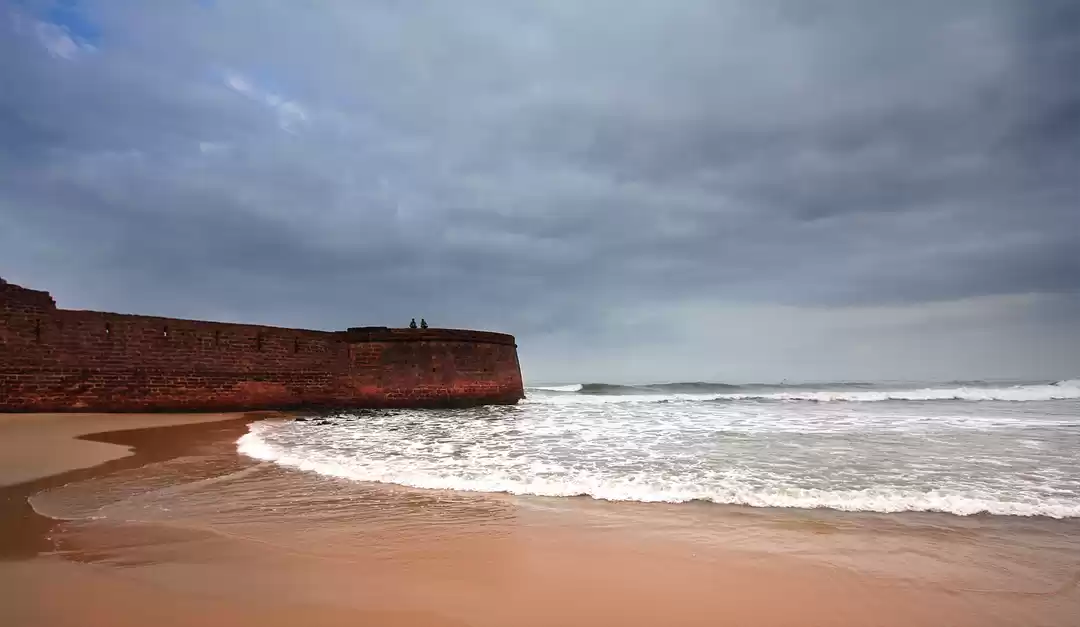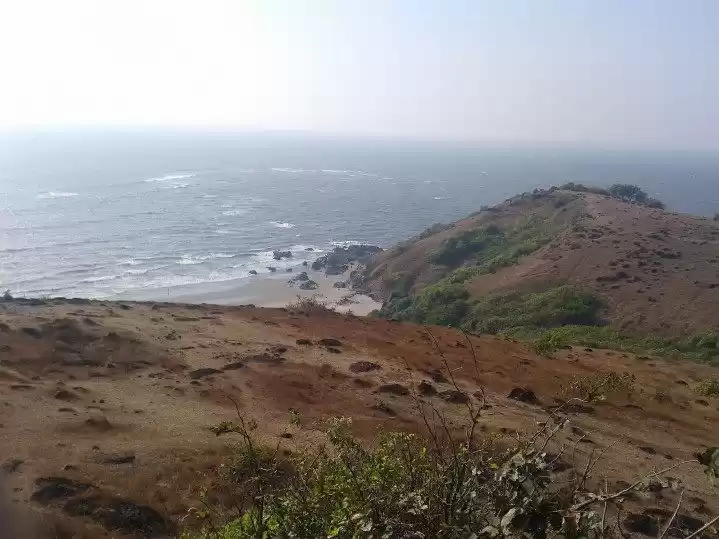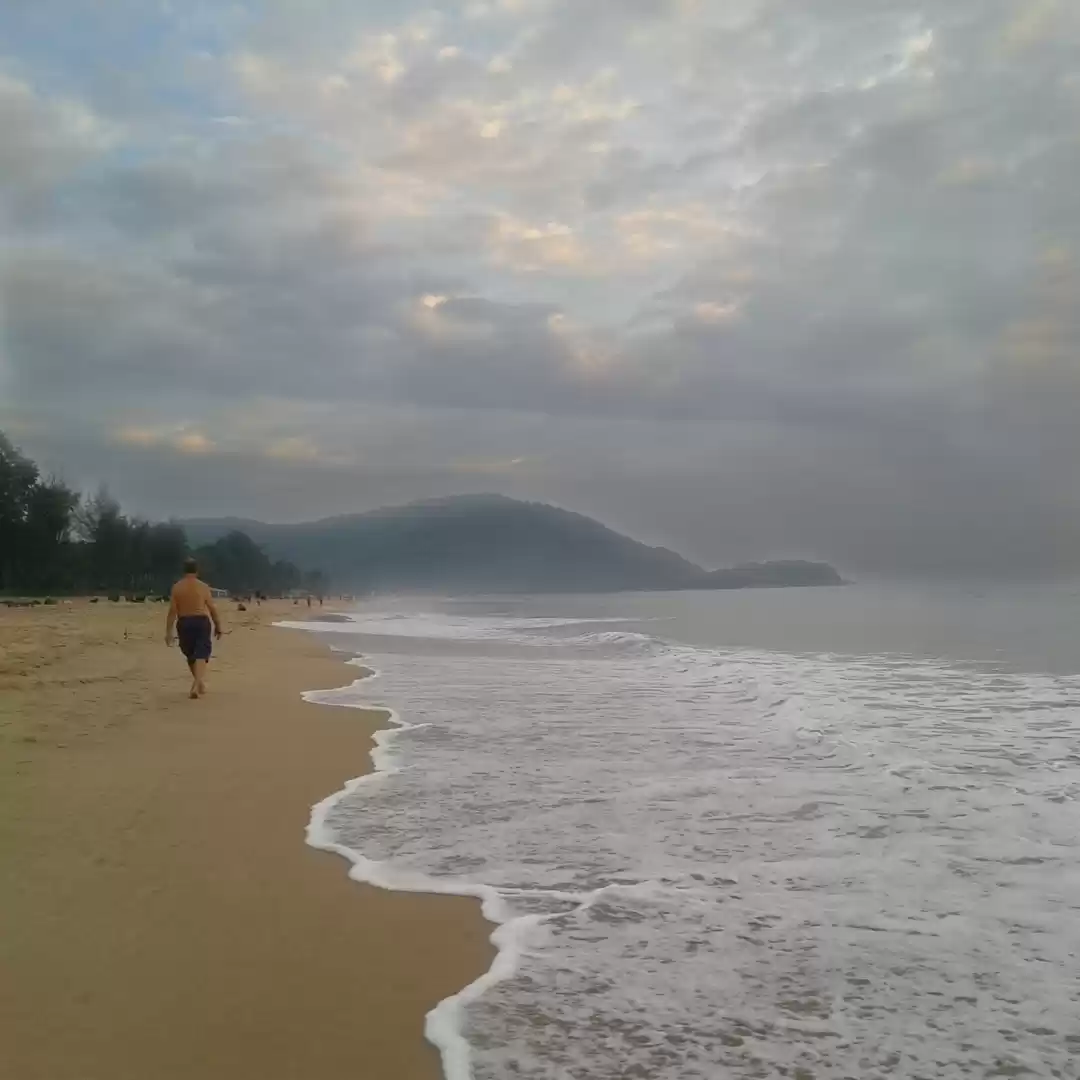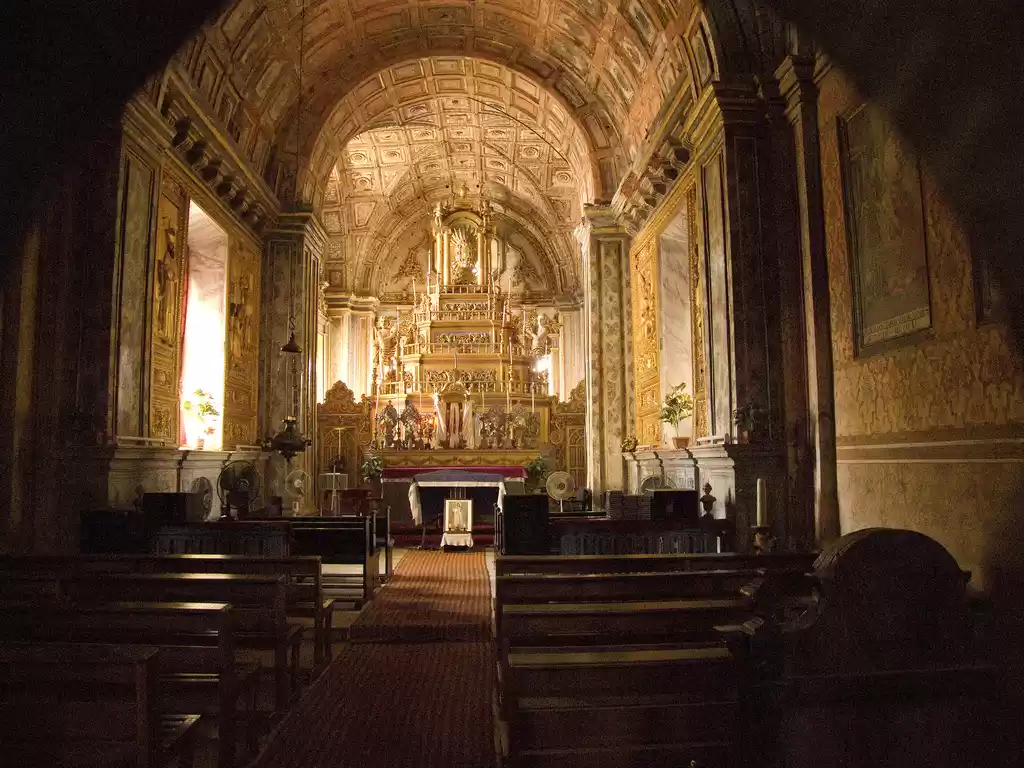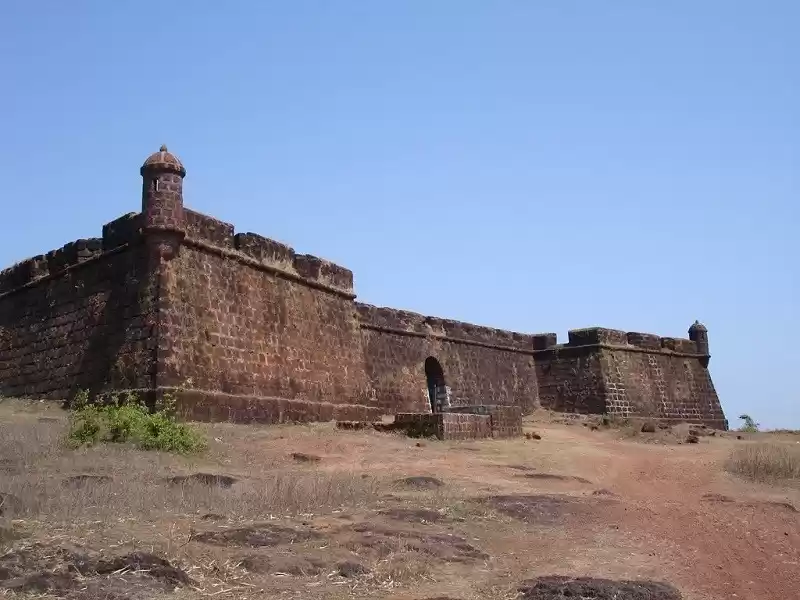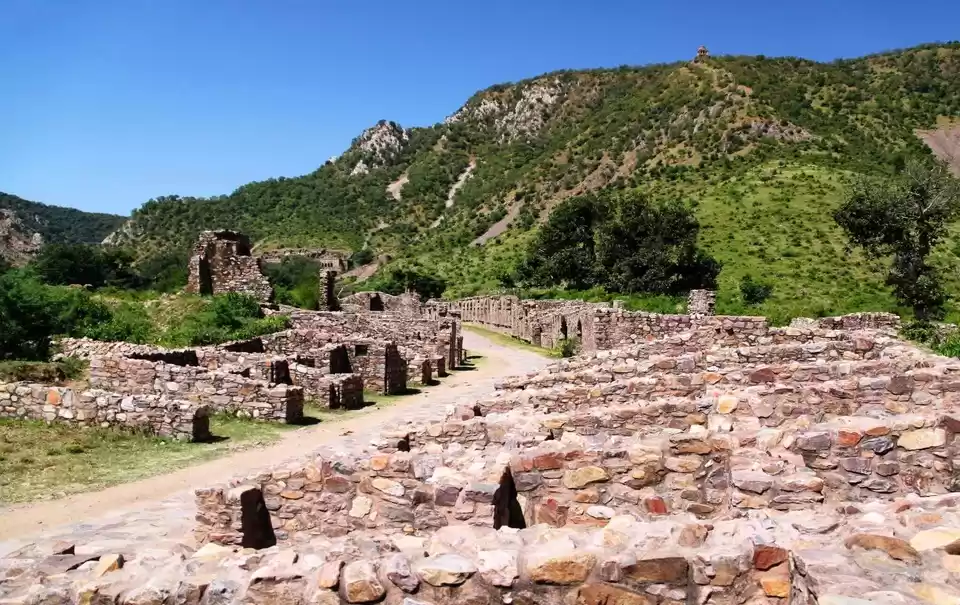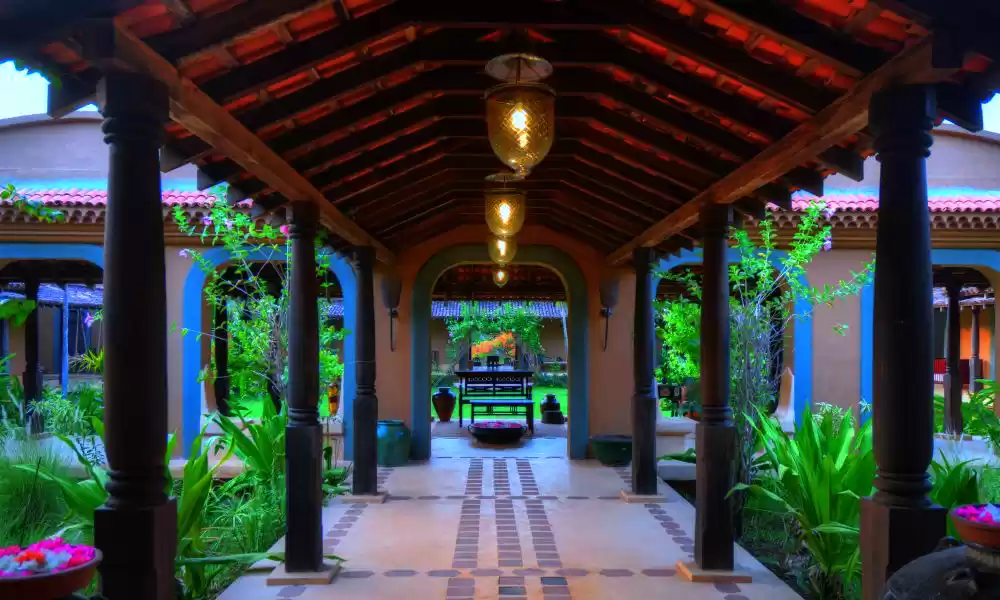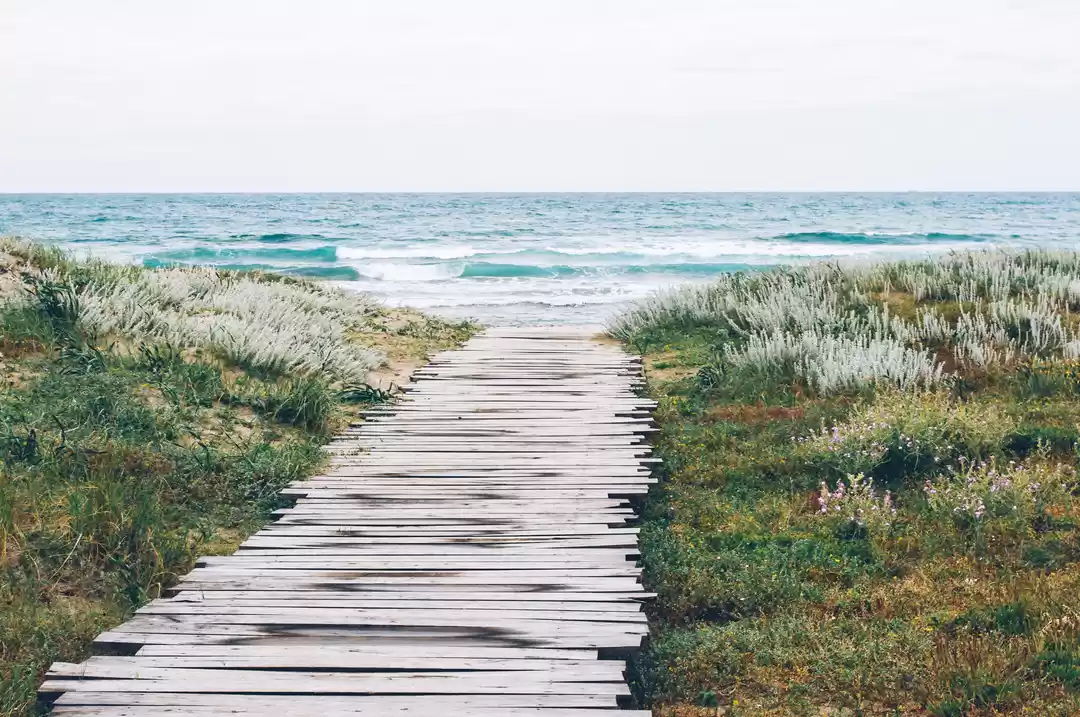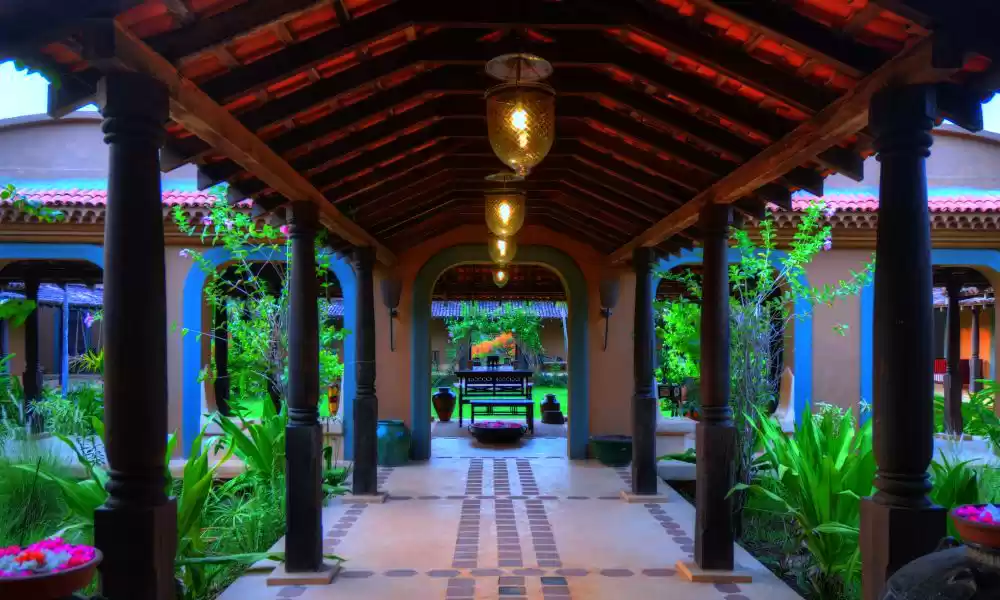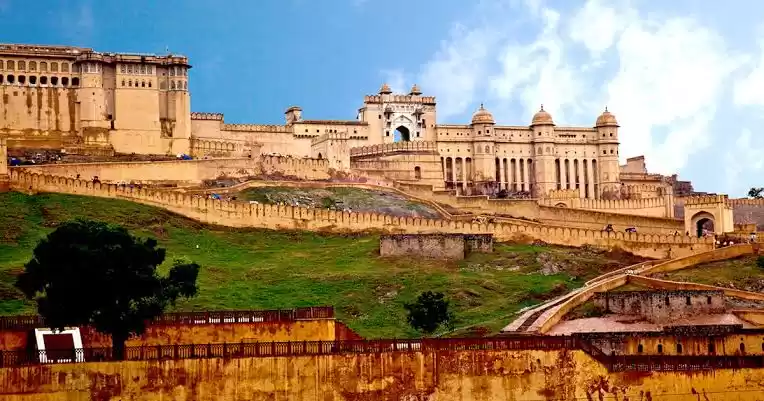Amidst the swaying palms and vibrant culture of Goa, India, lies the enigmatic Corjuem Fort. Unlike its more illustrious coastal counterparts, Corjuem Fort beckons with a quieter charm, whispering tales of a bygone era. Built in 1705 by the Portuguese, this fort stands as a testament to Goa's rich colonial past. Constructed from laterite, a unique reddish-brown volcanic rock, Corjuem Fort exudes an air of mystery and resilience.
Delving into the Fort's Intriguing Past
The history of Corjuem Fort unveils a fascinating narrative. While the exact date of construction remains debated, most historians agree it falls around 1705. Initially, the fort belonged to the Bhonsle rulers of Sawantwadi, a Maratha clan that held considerable sway in the region. However, during the reign of Portuguese Viceroy Caetano de Mello e Castro, the strategic importance of Corjuem Fort couldn't be ignored. In a strategic move, the Portuguese annexed the fort, bolstering the defenses of their Goan capital, Panaji.
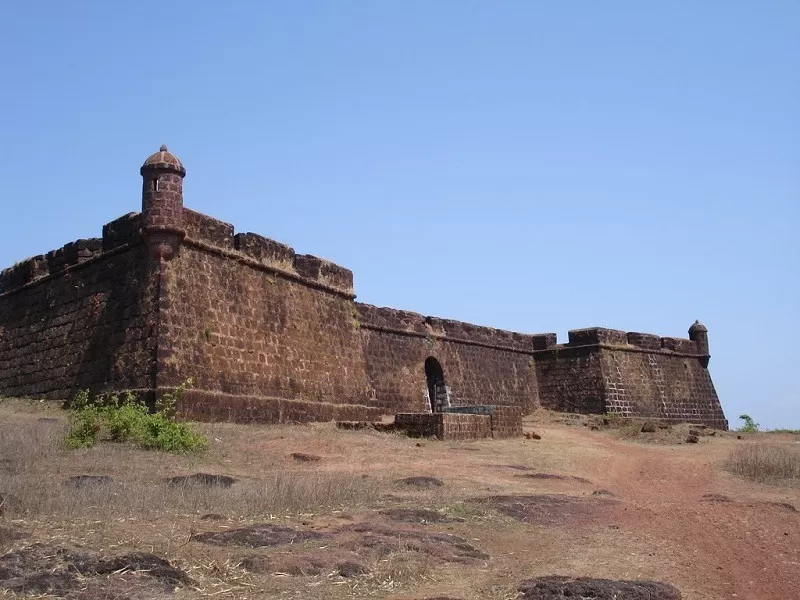
Following the acquisition, the Portuguese embarked on a reconstruction project. They reinforced the existing laterite structure and added features like bastions and watchtowers, transforming Corjuem Fort into a formidable defensive outpost. The fort successfully served its purpose throughout the 18th century, valiantly repelling attacks from the Marathas, particularly the Rane Rajputs and the Bhonsles.
By the early 1800s, the strategic landscape of Goa had shifted. With the decline of Maratha power, the focus on coastal defense intensified. Corjuem Fort's role transitioned from a primary defense post to a military school. Here, young recruits honed their skills, ensuring Goa's continued security.
A Wanderer's Paradise: Unveiling Corjuem Fort's Grandeur
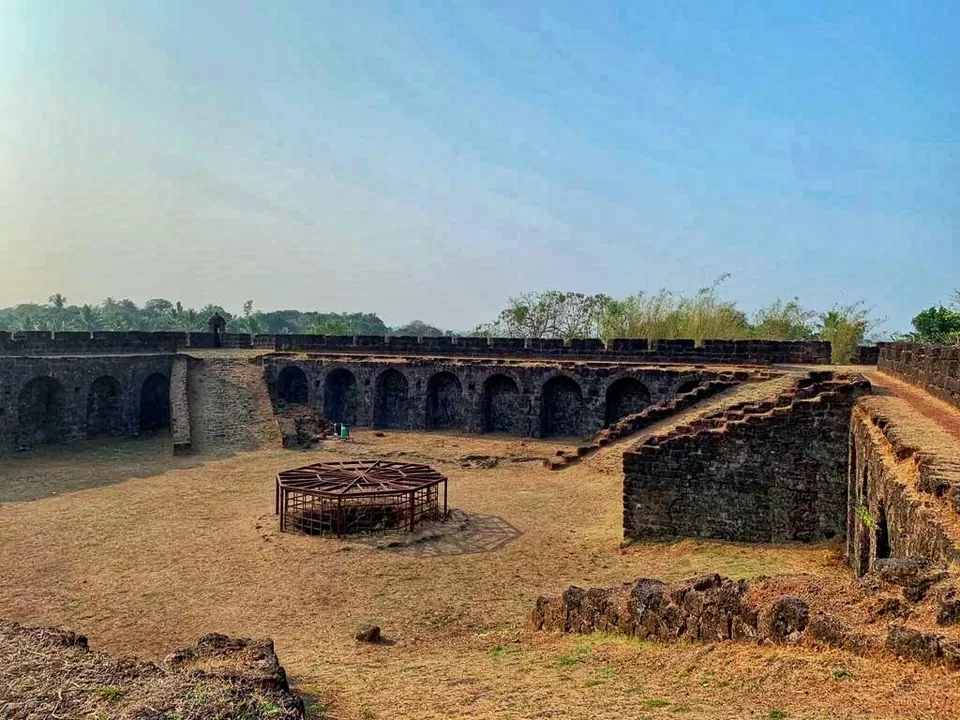
Planning Your Expedition:
Embarking on your Corjuem Fort adventure is a breeze. The fort is conveniently open from 9:00 AM to 5:00 PM, with minimal entry fees. While public transportation options directly to the fort are limited, hiring a taxi or renting a scooter unlocks the freedom to explore the scenic Goan countryside at your own pace.
Unveiling the Architectural Marvel:
As you step through the fort's entrance, prepare to be captivated by the impressive laterite architecture. The reddish-brown walls, weathered by time, stand tall, a testament to the fort's enduring strength. Look out for the strategically positioned bastions guarding each corner, some adorned with embrasures, hinting at the fort's once-powerful cannons.
Atop the Ramparts: Where History Meets Breathtaking Vistas
Climb the well-worn steps leading to the fort's ramparts and be mesmerized by the panoramic spectacle that unfolds before you. Lush green fields carpet the landscape, dotted with quaint villages and the glistening Mapusa River snaking its way through the scene. This vista is a photographer's dream, offering breathtaking captures of Goa's natural beauty. Take a moment to soak in the serene atmosphere and imagine the soldiers who once patrolled these very grounds, keeping a watchful eye over the land.

A Walk Through Time: Exploring the Fort's Inner Sanctum
Delve deeper into the fort's interior and discover remnants of its past glory. Explore the barracks that once housed soldiers, imagining the daily routines and camaraderie that likely existed within these walls. Keep an eye out for any remaining cannons or cannonshot, silent sentinels serving as reminders of the fort's defensive purpose.
Beyond the Fortified Walls: Unveiling Goa's Treasures
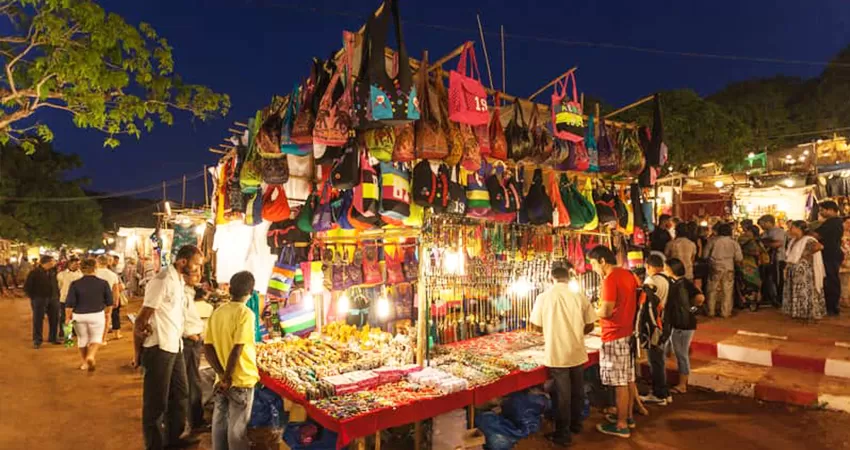
A Cultural Immersion:
After thoroughly exploring Corjuem Fort, step outside and immerse yourself in the vibrant tapestry of Goan culture. The nearby village of Aldona, accessible by a charming cable suspension bridge, offers a glimpse into the lives of local Goans. Explore the bustling Aldona Sunday Market, a kaleidoscope of colors and aromas. Here, you'll find an abundance of fresh produce, handcrafted souvenirs, and delectable local delicacies – a perfect opportunity to indulge your senses and support the local community.
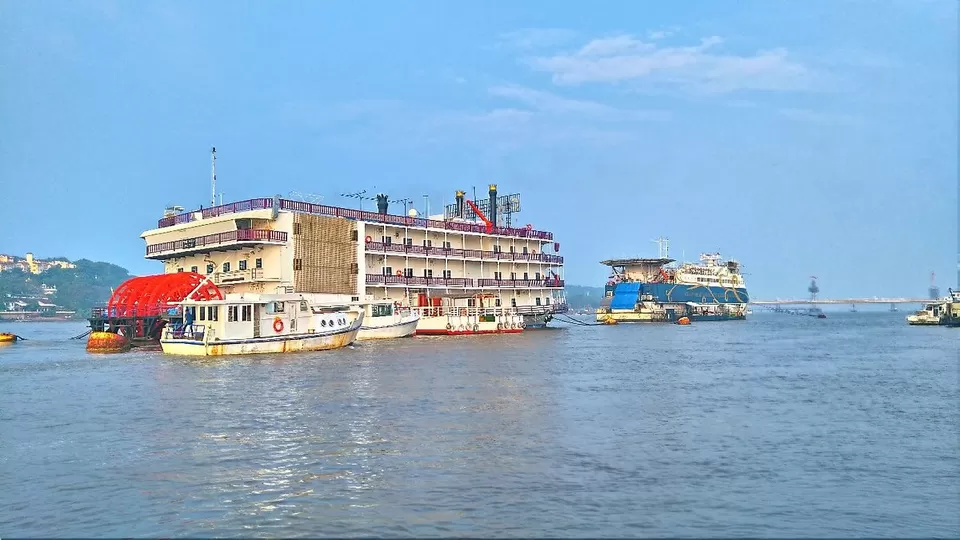
Nature's Embrace:
For the adventurous souls, Goa's natural beauty beckons beyond the fort walls. Embark on a scenic hike along the Mandovi Riverwalk offering stunning riverside vistas and opportunities to spot exotic birdlife. Alternatively, for a more refreshing escape, embark on a short trek to the Arpora waterfalls. Nestled amidst the lush green embrace of the tropical forest, these cascading falls offer a welcome respite from the Goan sun. Take a dip in the cool waters, surrounded by verdant foliage, and create memories that will last a lifetime.

A Culinary Adventure Awaits:
No exploration of Goa is complete without a delightful culinary adventure. Goan cuisine is a delectable blend of Portuguese and Indian influences, offering a unique explosion of flavors. After your exploration, head to a local restaurant or try your hand at a cooking class to learn the secrets of preparing traditional Goan dishes like Xacuti (a rich and flavorful curry), Fish Curry with Coconut Milk, or the ever-popular Vindaloo.
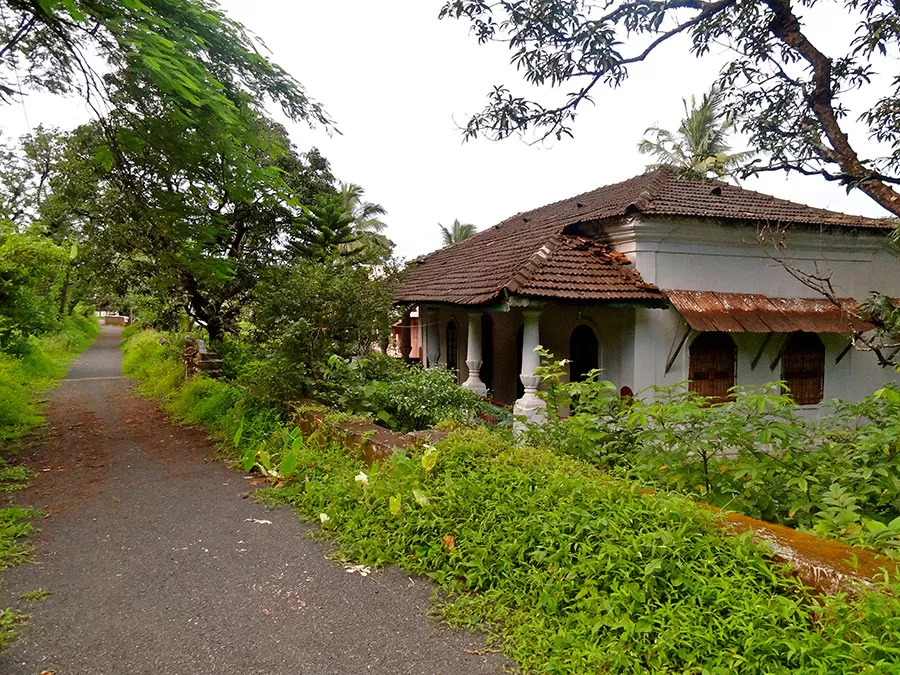
Unveiling the Local Charm:
For a truly immersive experience, consider staying in a traditional homestay in Aldona village. Homestays offer a chance to connect with local families, experience Goan hospitality firsthand, and gain a deeper understanding of the region's culture and traditions.
Best Time To Visit
While the dry season (November to March) offers ideal weather for exploring Corjuem Fort and the surrounding landscapes, the monsoon season (June to September) unveils a different kind of magic. Witness the transformation of the Goan countryside as lush greenery explodes with life. The cascading waterfalls reach their peak volume, creating a spectacular visual and auditory experience.
Exploring Beyond Corjuem Fort
Goa offers a plethora of historical and cultural treasures waiting to be discovered. History buffs can delve deeper into Goa's Portuguese legacy by visiting the majestic Basilica of Bom Jesus in Old Goa, a UNESCO World Heritage Site. Alternatively, explore the vibrant streets of Panaji, Goa's capital city, and soak in the unique blend of Portuguese and Indian architecture.
Getting There
Corjuem Fort, nestled amidst the verdant landscapes of Goa, beckons travelers seeking a historical and scenic escape. Here's how you can navigate your way to this hidden gem:
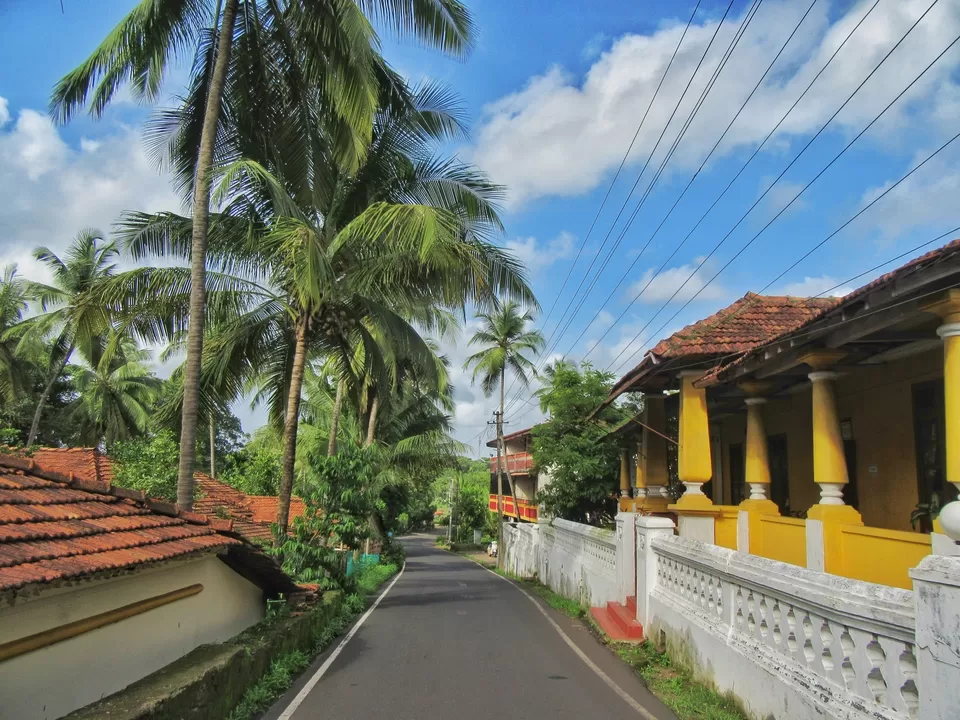
From Panaji, Goa's Capital:
By Car or Taxi: The most convenient option is renting a car or hiring a taxi. The journey takes approximately 40-45 minutes, covering a distance of around 20-23 kilometers. Follow the scenic route via Mapusa bypass road, passing Moira and Aldona villages. Enjoy the sights of the Goan countryside as you make your way to the fort.
By Public Transport (with limitations): While direct public buses to Corjuem Fort are limited, you can explore this option with some planning. Take a bus from the Panaji Kadamba Bus Stand towards Mapusa. From Mapusa, inquire about local buses or shared taxis heading towards Aldona. Once in Aldona, you can either hire a rickshaw or walk the remaining distance (around 2 kilometers) to the fort, enjoying the fresh air and rural charm.
From Other Parts of Goa:
By Car or Taxi: The ease of a car or taxi allows you to explore Corjuem Fort from any location in Goa. Use online maps or ask locals for the most efficient route based on your starting point.
By Public Transport (with planning): Reaching Corjuem Fort via public transport from other locations in Goa might require connecting buses or taxis. Research bus routes online or ask at local bus stands for options to reach Mapusa or Aldona. From there, follow the same options mentioned above for reaching the fort from Panaji.
Additional Tips:
1. Downloading offline maps on your phone can be helpful, especially if navigating through rural areas.
2. Consider hiring a local guide, especially if you're deeply interested in the fort's history and hidden stories.
3. Renting a two-wheeler like a scooter is an option for the adventurous souls, offering a more flexible and scenic journey. However, ensure you are comfortable riding a scooter on Indian roads.
4. Remember, while public transport offers a budget-friendly option, it might require more planning and patience. For a hassle-free experience, renting a car or hiring a taxi is a good choice.
Corjuem Fort stands as a silent sentinel, whispering tales of a bygone era. It's a place where history comes alive, where nature's beauty unfolds, and where cultural experiences await. Whether you're a history buff, a nature enthusiast, or simply seeking a unique off-the-beaten-path adventure, Corjuem Fort has something to offer everyone.
So, pack your bags, embrace the spirit of exploration, and embark on a journey to discover this hidden gem in the heart of Goa.








